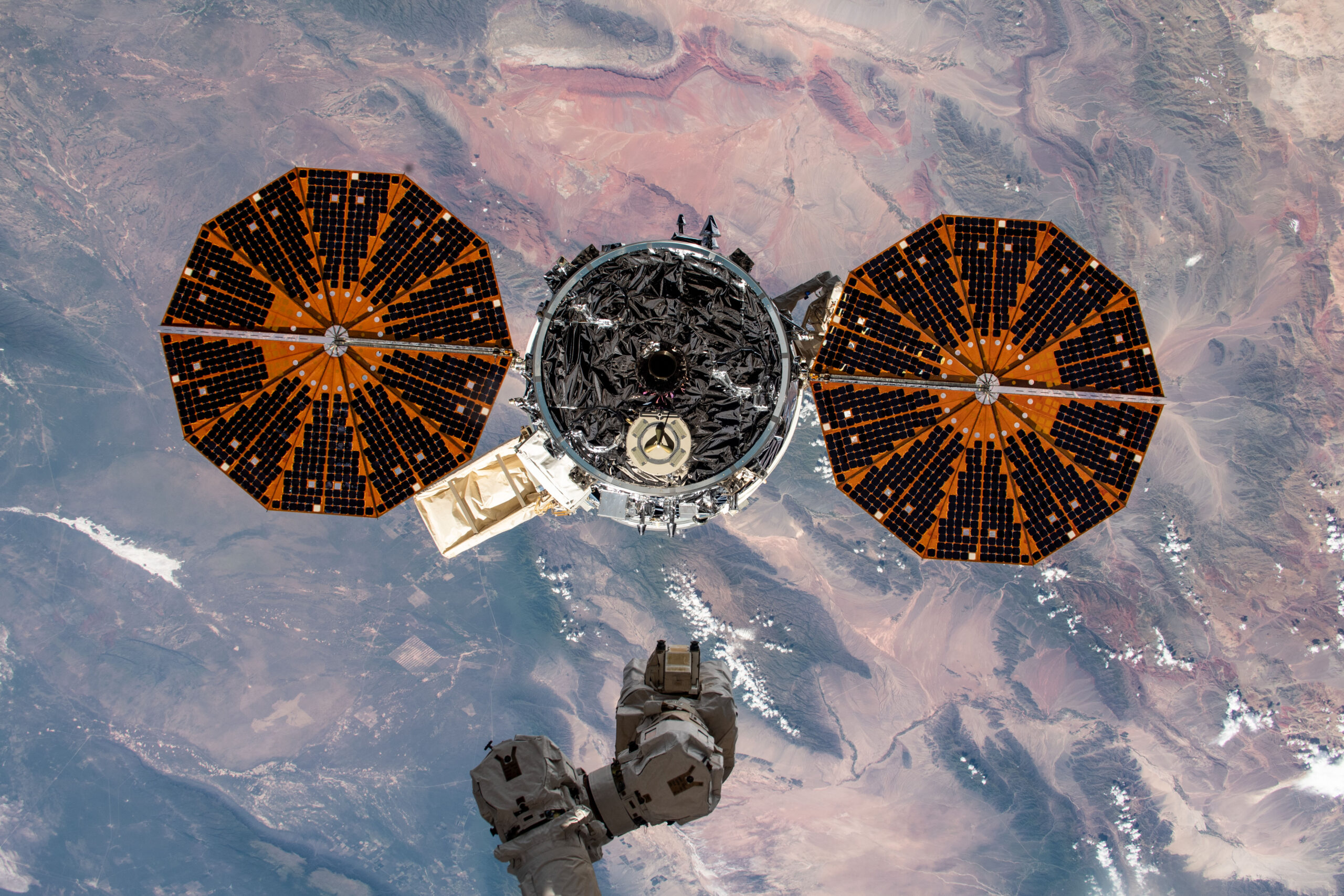The Expedition 72 crew members explored ways to protect their immune and circulatory systems in microgravity and tested robotic docking procedures aboard the International Space Station on Thursday. The orbital residents also finished packing a U.S. cargo craft ahead of its departure on Friday.
Without Earth’s gravity pulling down, an astronaut’s body begins quickly changing in a multitude of ways that teams of doctors study every day to keep crews healthy on long-duration missions. One experiment, the Immunity Assay investigation, collects blood and saliva samples from crew members for processing and stowage in science freezers. Afterward, the samples are returned to Earth for analysis to detect space-caused cellular stress and tissue damage possibly leading to treatments for crews. JAXA (Japan Aerospace Exploration Agency) Flight Engineer Takuya Onishi submitted his samples for the study on Thursday that may help researchers prevent stress-related immunity conditions in space and on Earth.
Station Commander Alexey Ovchinin and Flight Engineer Ivan Vagner, both Roscosmos cosmonauts, continued their space biology investigation exploring how blood flows from the brain to their limbs in microgravity. The duo took turns wearing sensors attached to their forehead, fingers, and toes revealing how the circulatory system adapts to spaceflight. The veteran cosmonauts are in the middle of a weeklong study adding to the vast knowledge of space medicine doctors will use to protect crews traveling farther away from Earth.
As humans begin spending more time off the Earth the space industry continuously advances promoting new technologies benefitting crews in space as well as society on Earth. A pair of toaster-sized Astrobee robotic free-flyers were maneuvering inside the Kibo laboratory module testing autonomous docking techniques on Thursday. NASA Flight Engineer Don Pettit activated the devices and monitored them in collaboration with engineers on the ground. The technology demonstration may enable satellite servicing, orbital refueling, spacecraft repair, and manufacturing in space.
The Cygnus cargo craft is in the grips of the Canadarm2 robotic arm and still attached to the Unity module’s space-facing port. Robotics controllers will remotely command Canadarm2 to detach Cygnus from Unity overnight then release it into Earth orbit at 6:55 a.m. EDT on Friday. NASA Flight Engineer Nichole Ayers will be on duty monitoring Cygnus as it departs the space station completing a seven-and-a-half-month stay at the orbital lab. NASA+ will begin its broadcast of Cygnus’ release and departure at 6:30 a.m.
Ayers and fellow NASA astronaut Anne McClain finished packing Cygnus and configured the spacecraft for its removal on Thursday. The duo exited Cygnus, closed its hatch, conducted leak checks, then depressurized the vestibule, or the area in between Cygnus and the orbiting lab.
Flight Engineer Kirill Peskov spent the first half of his shift servicing an oxygen generator in the Zvezda service module. In the afternoon, Peskov tested a video camera that can image natural and manmade catastrophes on Earth in a variety of wavelengths. He wrapped up his day continuing to replace life support gear that condenses and purifies water in Zvezda.


